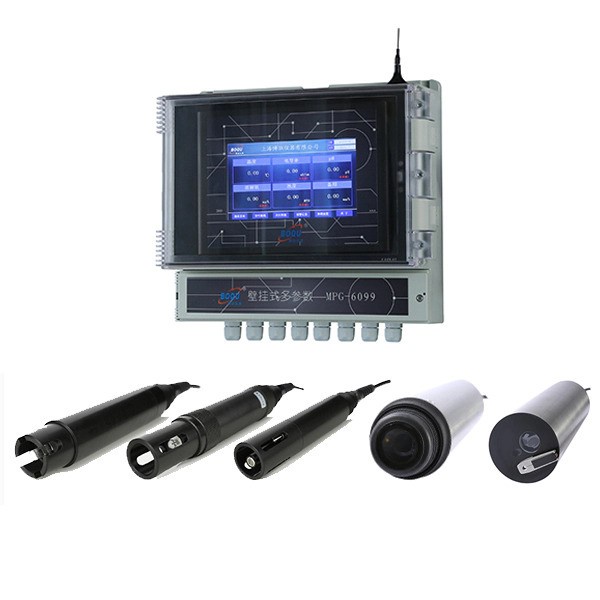Advancements in water quality sensor technology have revolutionized the way we monitor and analyze water quality in various settings. These innovations have not only improved the accuracy and reliability of water quality data but have also made the process more efficient and cost-effective.
Smart Sensors for Continuous Monitoring
One of the key advancements in water quality sensor technology is the development of smart sensors that are capable of continuous monitoring and real-time data transmission. These sensors can be deployed in lakes, rivers, and other water bodies to constantly measure key parameters such as pH, dissolved oxygen, turbidity, and temperature. By providing real-time data, these sensors allow for immediate action to be taken in response to changes in water quality, thus helping to protect aquatic ecosystems and ensure the safety of drinking water sources.
Miniaturization for Portable Devices
Another important innovation in water quality sensor technology is the miniaturization of sensors, which has enabled their integration into small and portable devices. This is particularly useful for field monitoring applications where traditional lab-based analysis is impractical. Miniaturized sensors can be easily transported to remote locations and quickly deployed for on-site measurements, providing rapid results without the need for laboratory analysis.
Multiparameter Sensors for Comprehensive Analysis
Advancements in sensor technology have also led to the development of multiparameter sensors that can simultaneously measure multiple water quality parameters. These sensors are capable of detecting a wide range of contaminants and pollutants in water, providing a comprehensive assessment of water quality in a single device. By combining multiple sensors into a single unit, these multiparameter sensors offer a more holistic approach to water quality analysis, allowing for a more thorough understanding of the overall health of a water body.
Integration with Advanced Data Analytics
One of the most groundbreaking innovations in water quality sensor technology is the integration of sensor data with advanced data analytics and machine learning algorithms. By harnessing the power of artificial intelligence, these systems can analyze vast amounts of sensor data to identify patterns and trends that would be difficult to detect with traditional methods. This can help to predict water quality changes, identify sources of contamination, and optimize water treatment processes, ultimately leading to more effective water quality management strategies.
Diverse Applications Beyond Environmental Monitoring
In addition to these technological advancements, water quality sensor technology has also found applications in a wide range of industries beyond environmental monitoring. For example, sensors are being used in agriculture to monitor soil moisture levels and nutrient concentrations, helping farmers optimize irrigation and fertilization practices. In the food and beverage industry, sensors are used to ensure the quality and safety of products by monitoring parameters such as pH, temperature, and turbidity.
Overall, advancements in water quality sensor technology are transforming the way we monitor and manage water resources. By providing accurate, reliable, and real-time data, these sensors are helping to protect our water sources, preserve aquatic ecosystems, and ensure the safety of drinking water. As technology continues to advance, we can expect to see even more innovations in water quality sensor technology that will further improve our ability to understand and protect this vital resource.


No comments yet